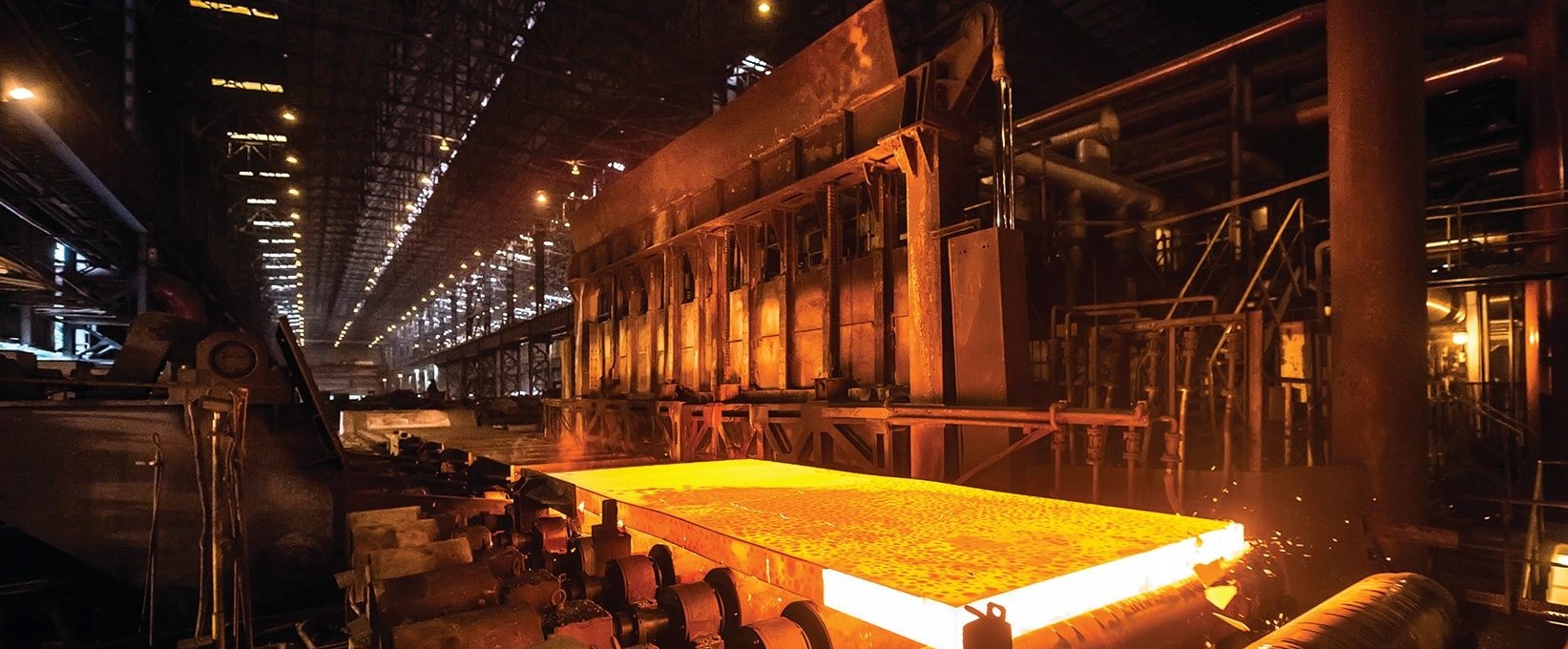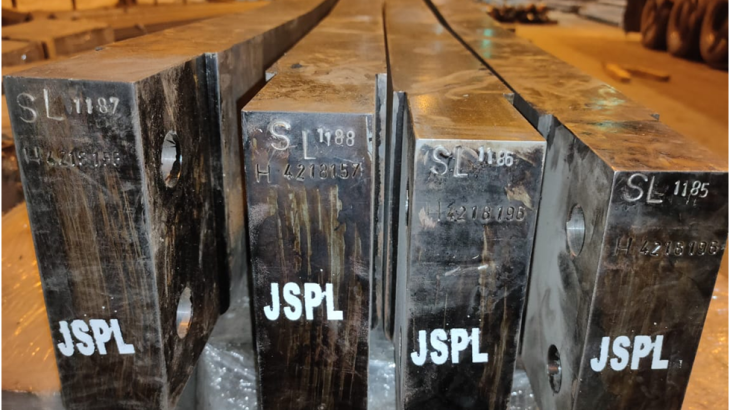
Structural steel has long been a key component of architectural innovation, bringing strength, versatility, and sustainability to building designs. The importance of structural steel in sculpting architectural landscapes is expected to grow in the future. With technological developments, shifting design trends, and an increasing emphasis on sustainability, structural steel is set to revolutionize architectural expression.
Strength and Versatility
One of the primary reasons for the enduring popularity of structural steel in architecture is its unparalleled strength-to-weight ratio. Steel offers exceptional structural integrity, allowing architects to design soaring skyscrapers, expansive bridges, and intricate structures with confidence. Moreover, its malleability and versatility enable the creation of complex geometric forms, pushing the boundaries of architectural imagination. In the future, as urban populations continue to grow, and space becomes more constrained, structural steel will play a crucial role in maximizing usable space while ensuring structural stability.
Technological Advancements
Advancements in technology, particularly in the fields of computational design and fabrication, are revolutionizing the way architects and engineers approach steel construction. Digital tools such as Building Information Modelling (BIM) and parametric design software empower designers to optimize structural efficiency, minimize material waste, and streamline the construction process. Additionally, innovations in robotic fabrication and additive manufacturing are expanding the possibilities for creating customized steel components, enabling architects to realize even the most intricate designs with precision and efficiency.
Sustainability and Environmental Impact
In an era increasingly defined by environmental consciousness, the sustainability of building materials is of paramount importance. Structural steel stands out as a sustainable choice due to its high recyclability and durability. Steel is one of the most recycled materials on the planet, with a recycling rate that exceeds that of any other material. By using recycled steel in construction projects, architects can significantly reduce the industry’s carbon footprint and contribute to the circular economy. Furthermore, steel’s longevity and resistance to corrosion ensure that structures built with steel have a prolonged lifespan, minimizing the need for maintenance and repair.
Innovative Applications
The future of architecture will witness a variety of novel structural steel applications that push the boundaries of what is possible in design and construction. Researchers are constantly researching novel materials that provide improved performance and sustainability, ranging from lightweight, high-strength steel alloys to composite materials including steel fibres. Furthermore, new building techniques such as modular construction and 3D printing are poised to transform how steel structures are manufactured, built, and erected.
As we look to the future of architecture, structural steel is a reliable partner in achieving innovative, sustainable, and creative ideas. Its strength, plasticity, and adaptability make it an essential material for architects who want to push the limits of innovation. With continued technological breakthroughs and an increasing emphasis on sustainability, structural steel by JSP Structurals will continue to impact the architectural environment, allowing for the construction of iconic structures that showcase human intellect and imagination.

